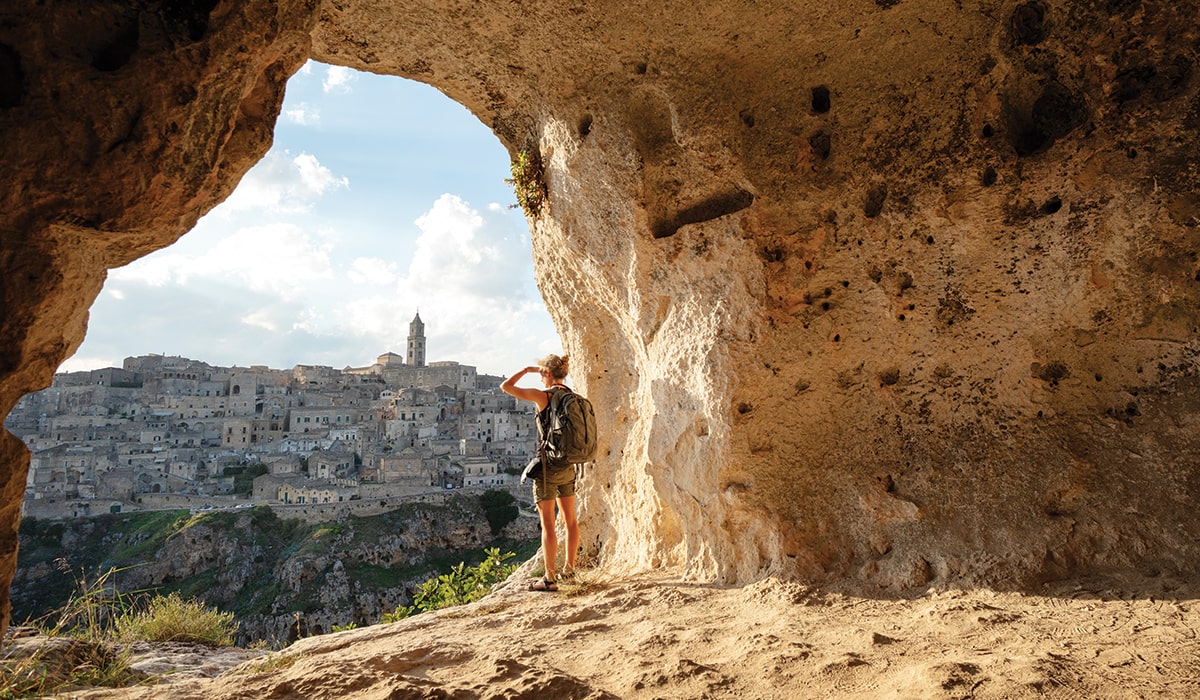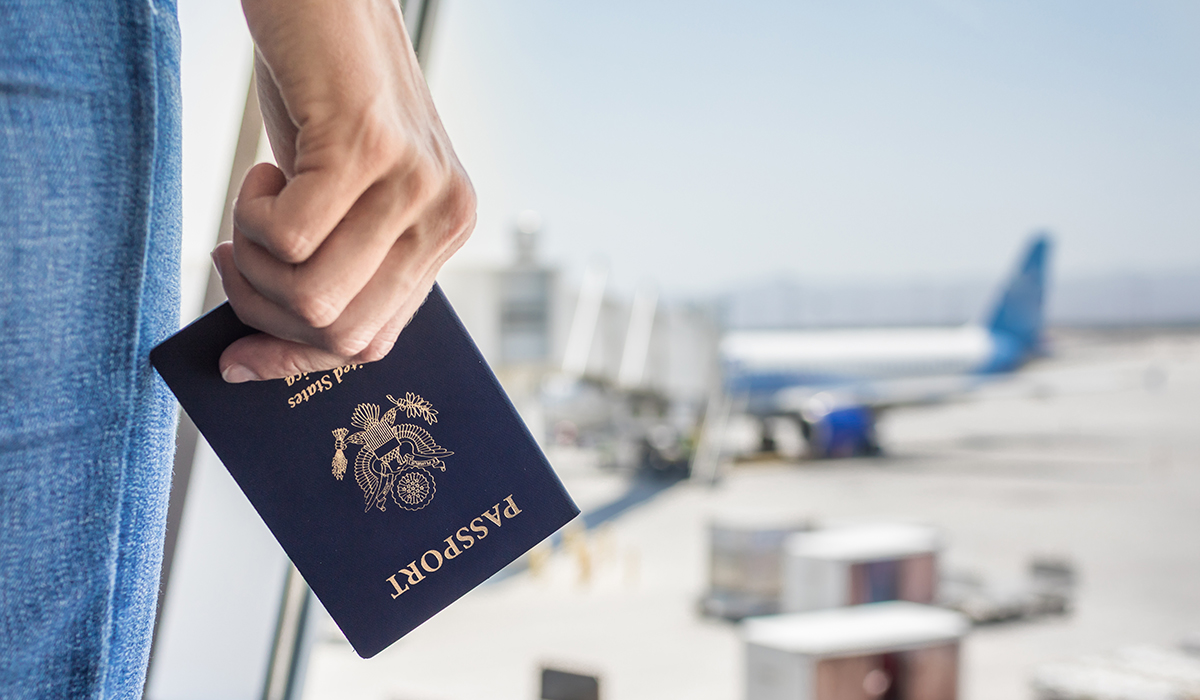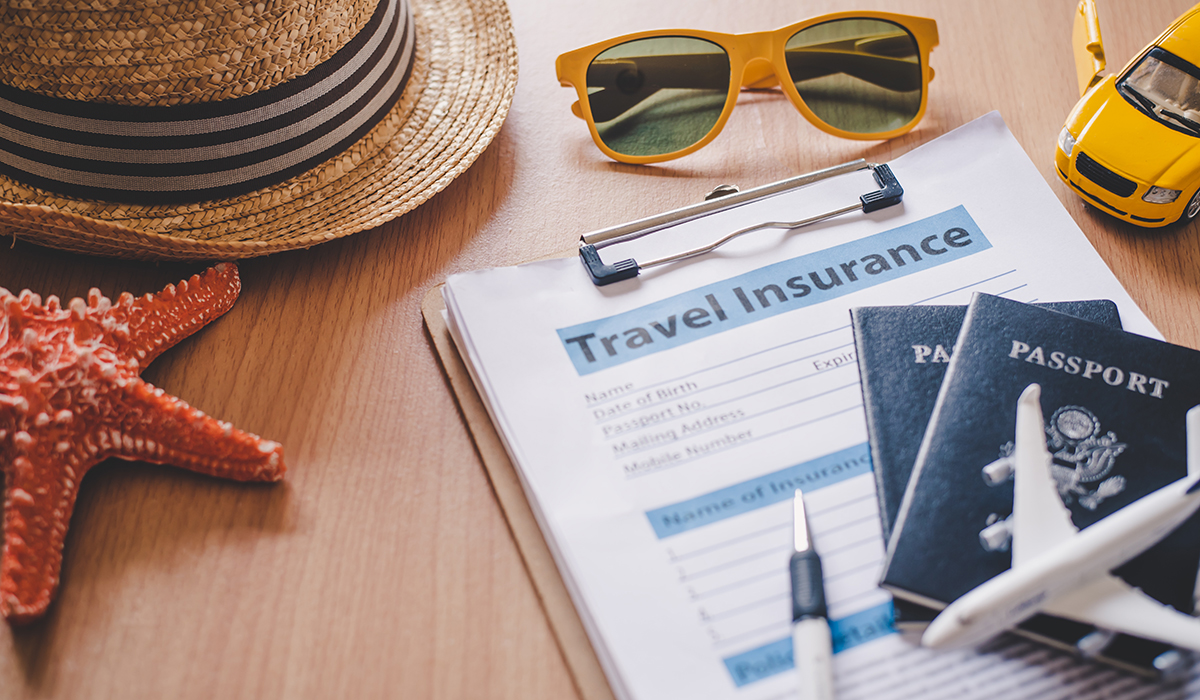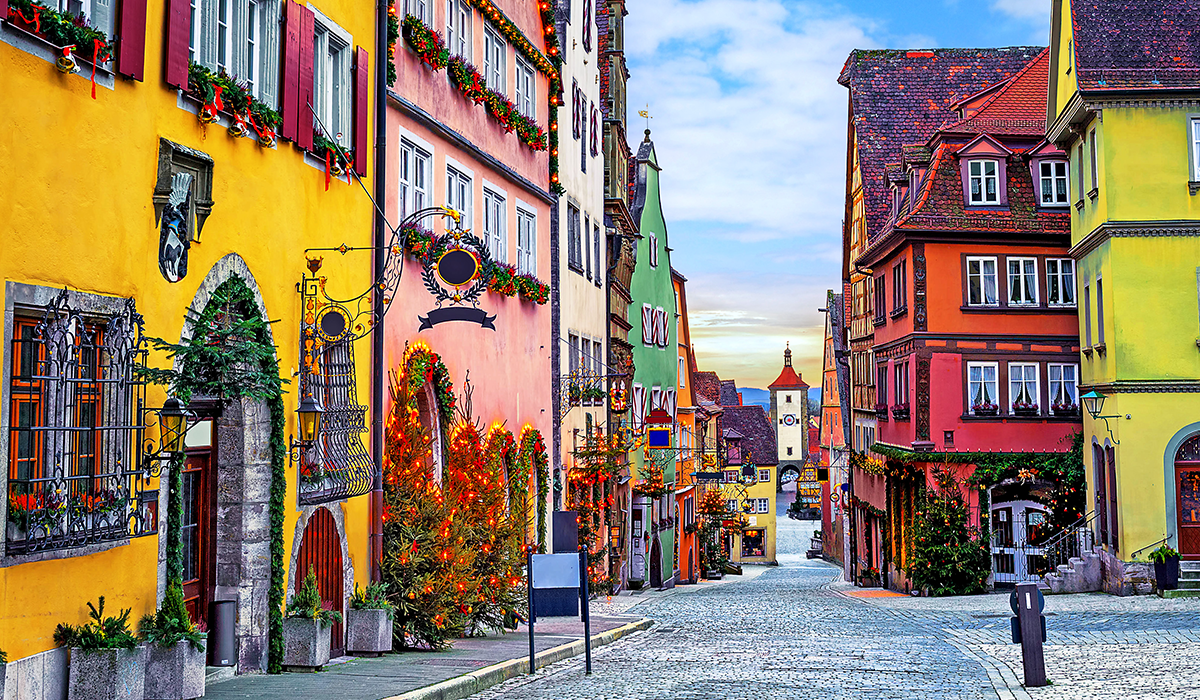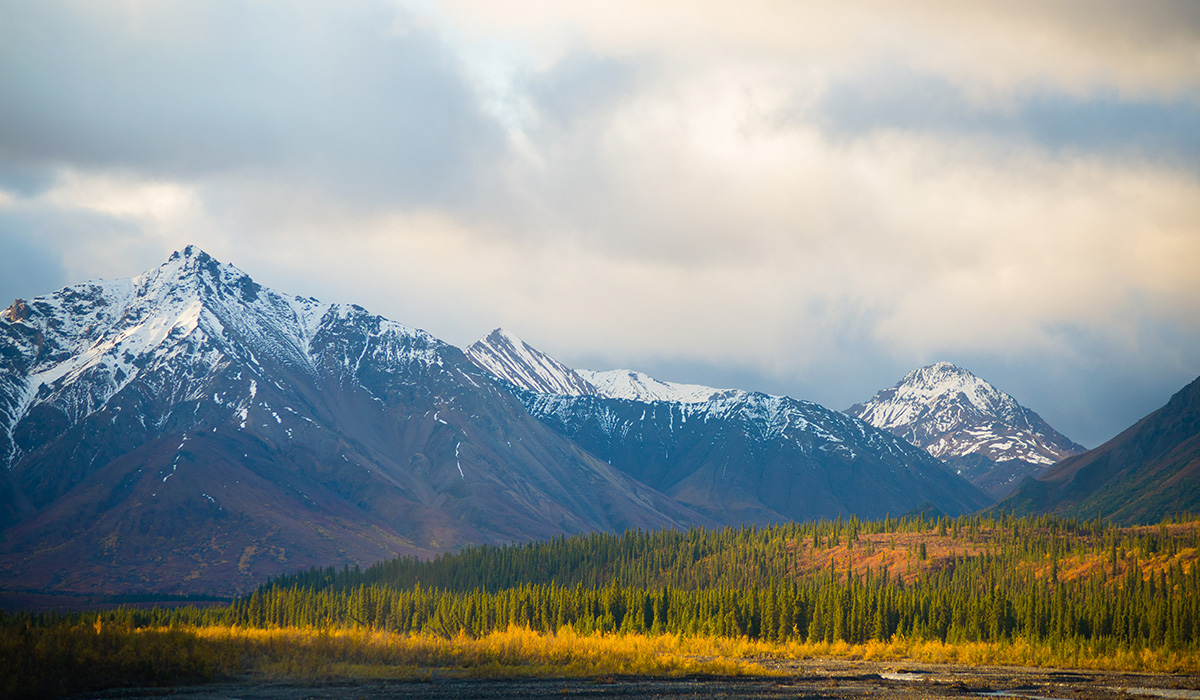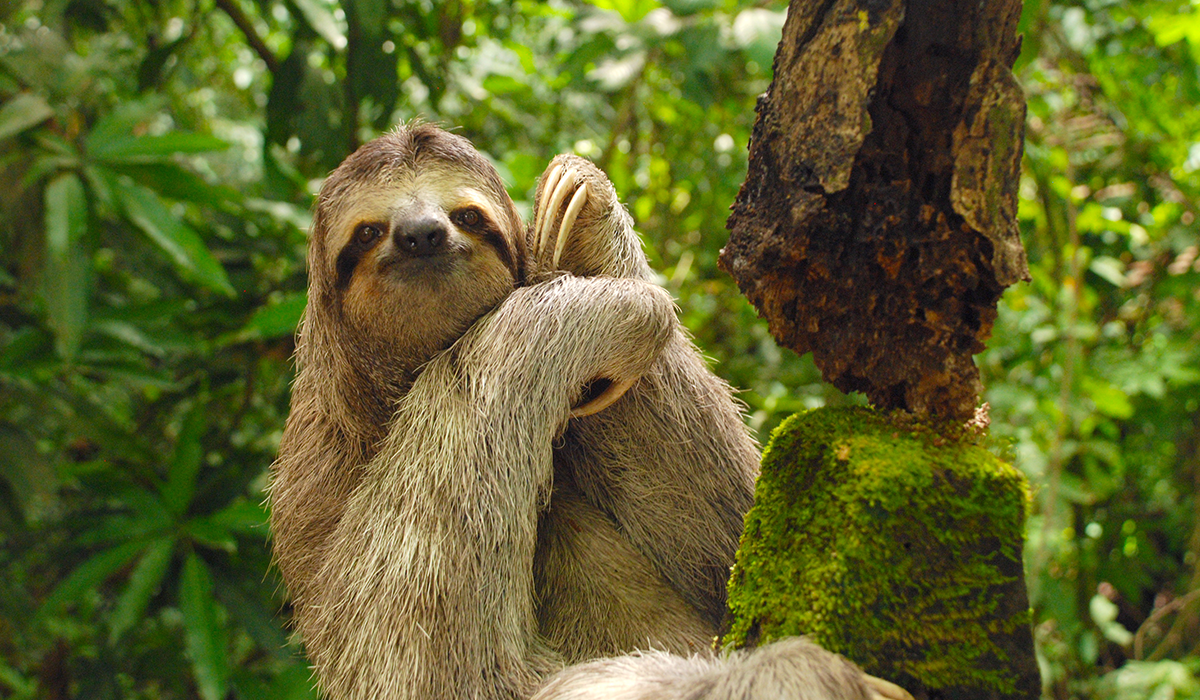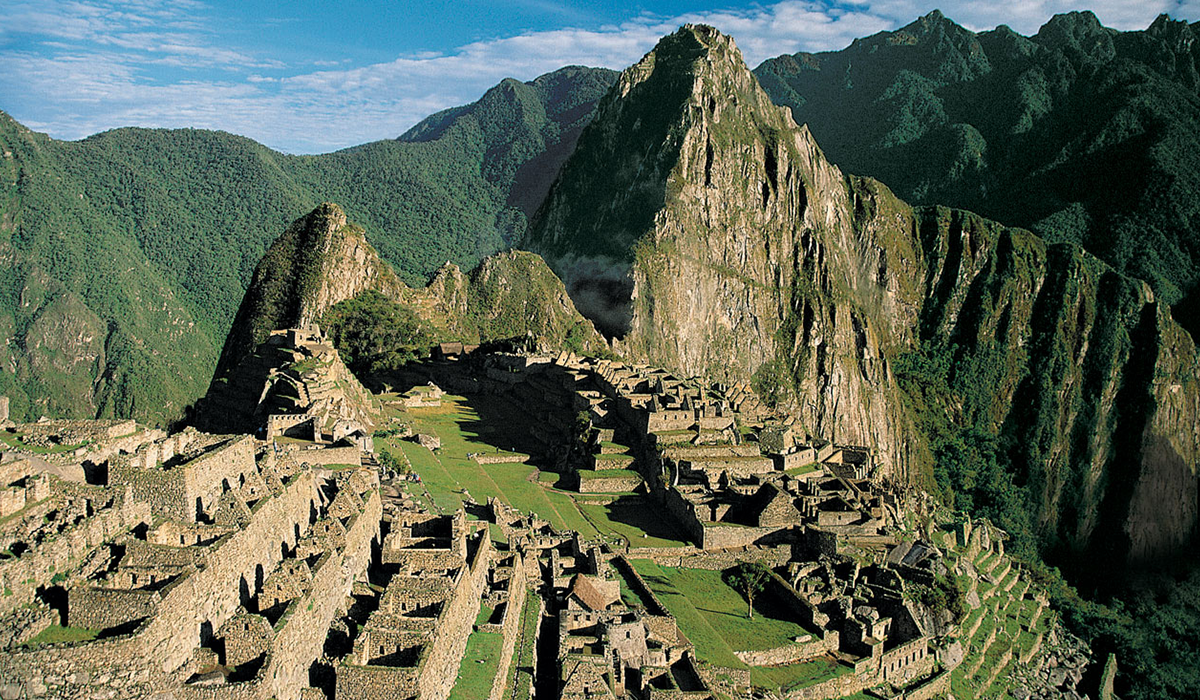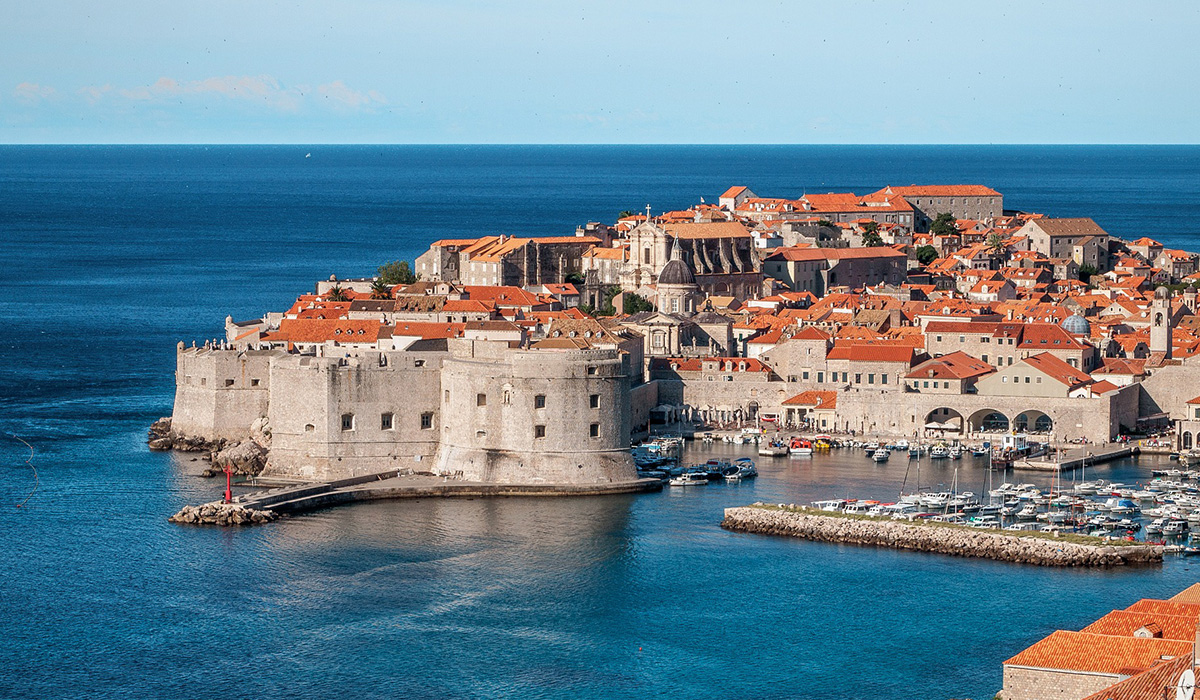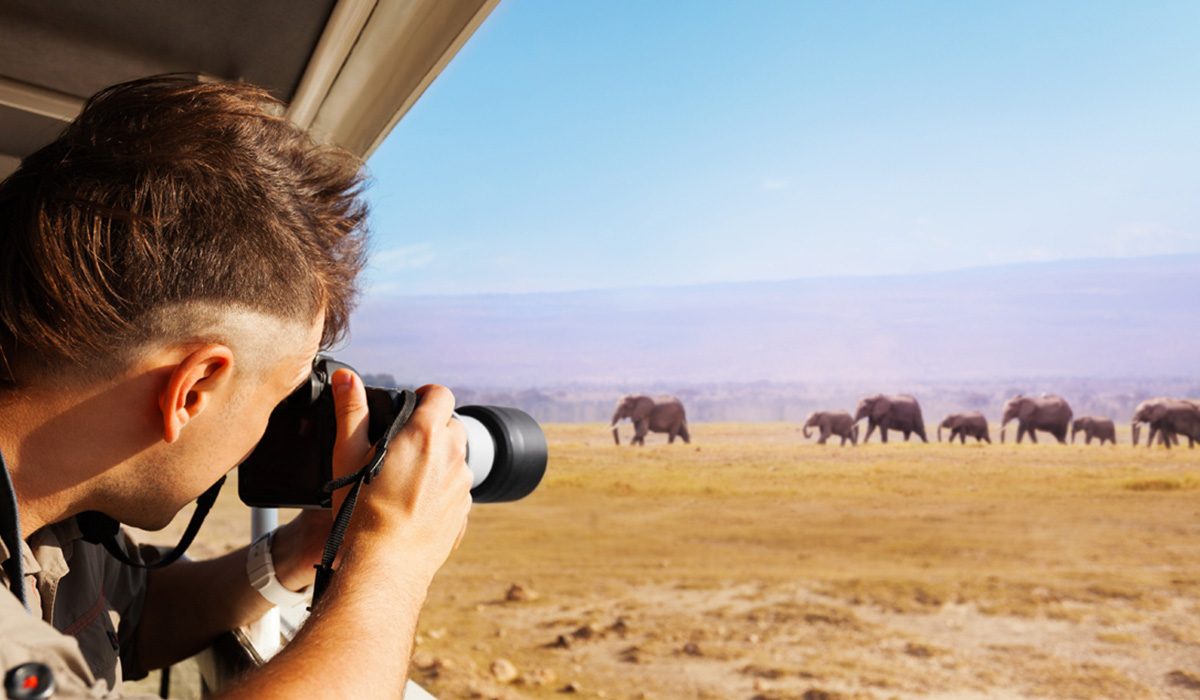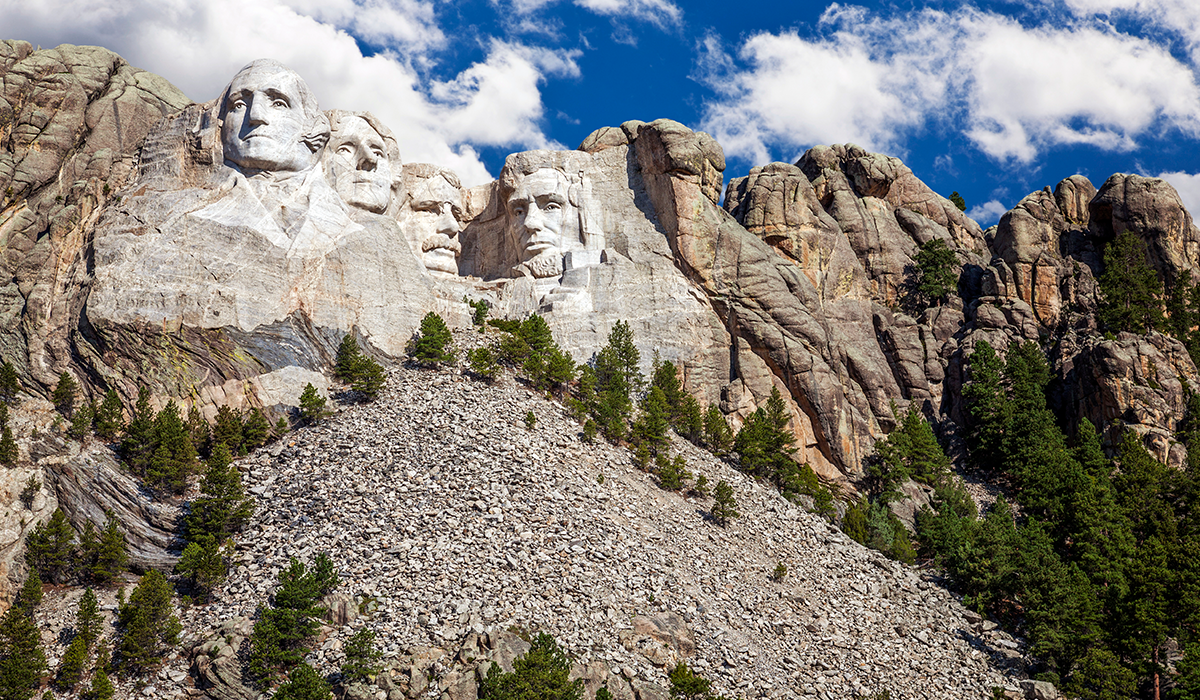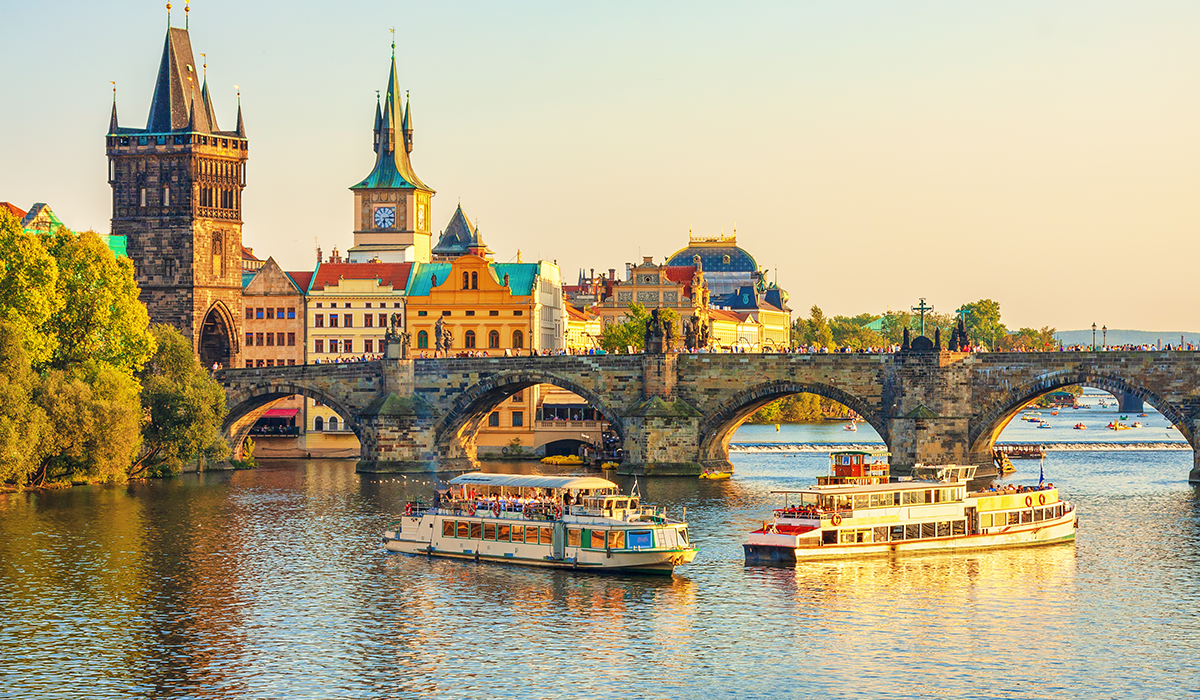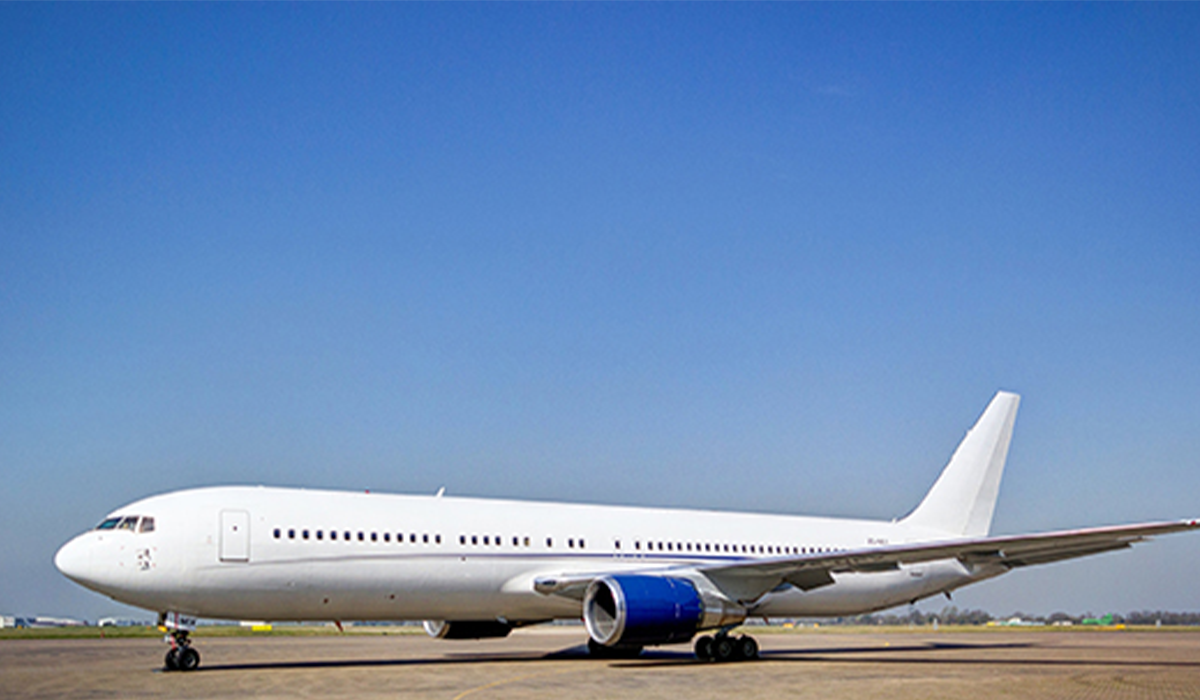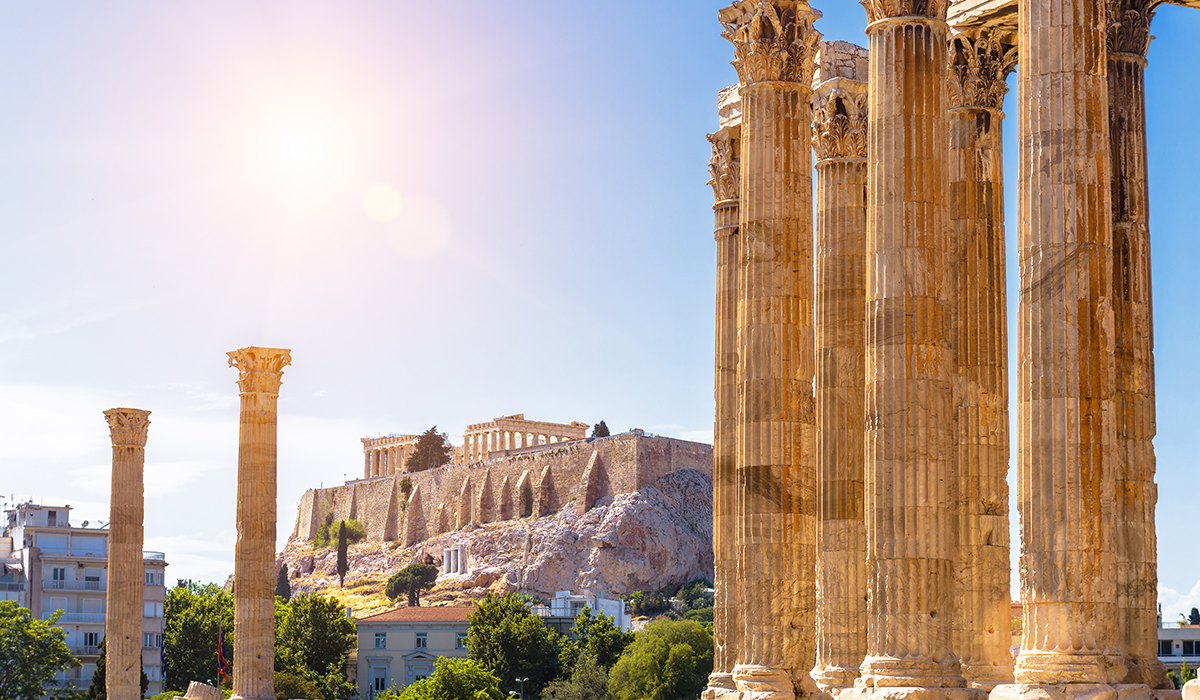Michigan Alumni Travel
Whether you’re looking for an adventure close to home or a journey a world away, our travel collection has something for everyone.
Michigan Alumni Travel
Whether you’re looking for an adventure close to home or a journey a world away, our travel collection has something for everyone.
The Michigan Alumni Travel program, an exclusive benefit for Alumni Association members, is ready to help you turn your travel dreams into reality with our diverse lineup of trips. The world is waiting for you…
Meet your dedicated Michigan Alumni Travel team and get answers to some of the most commonly asked questions about traveling with us.
While every effort is made to ensure your vacation is a safe and happy one, unexpected events can occur. Get extra peace of mind with travel insurance.

